In this article (and video above), I provide 5 steps you can take to simulate the CBT—or Computer-Based Testing—conditions so you can walk into exam day fully confident and prepared.
With the PE Exam now fully transitioned to CBT, your success depends on how well you can work under the same digital conditions you’ll face during the actual test.
Why Simulating CBT Conditions Matters
The PE Exam isn’t just about knowing the material—it’s about how efficiently you can navigate problems on a computer, with limited resources, within a strict time frame.
Practicing in a similar environment helps you:
✅ Build speed and accuracy.
✅ Get comfortable with the digital NCEES Reference Handbook.
✅ Reduce anxiety on exam day.
✅ Improve your time management.
1: Practice with the Digital NCEES Reference Handbook
In the CBT format, you won’t bring your own notes or books—you’ll only have access to the digital NCEES Reference Handbook.
[Read more…] about How to Prepare for the PE Exam: 5 Key Steps to Simulate CBT Conditions
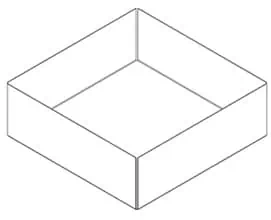
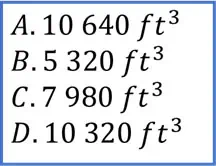
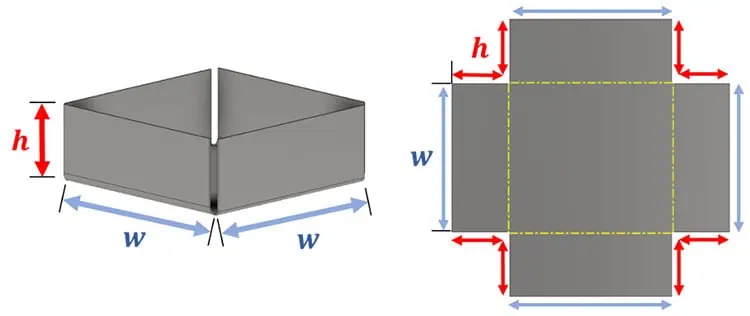
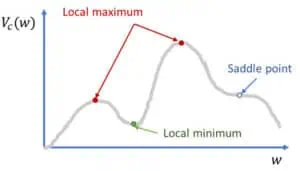
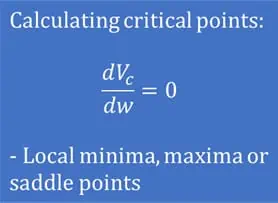
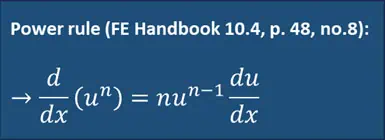

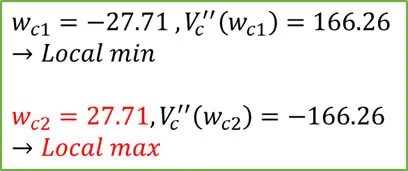
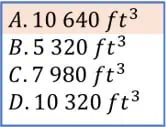
 Matthew currently serves as a content creator and host of The Engineering Project Management Podcast. A civil engineer by trade, Matthew has developed a passion for construction and stormwater management by way of maintenance and rehabilitation services. Matthew has also had experience working with private consulting firms and public agencies, and has even held a role of an educator. As such, he loves to lead, build, mentor, and help those in need.
Matthew currently serves as a content creator and host of The Engineering Project Management Podcast. A civil engineer by trade, Matthew has developed a passion for construction and stormwater management by way of maintenance and rehabilitation services. Matthew has also had experience working with private consulting firms and public agencies, and has even held a role of an educator. As such, he loves to lead, build, mentor, and help those in need.